In Focus: the fungi sculptures that bend stone into soft, flowing forms
They may look as delicate and organic as the real thing, but Ben Russell’s sculptures of fungi, cacti and roots will outlast us all, believes Natasha Goodfellow.
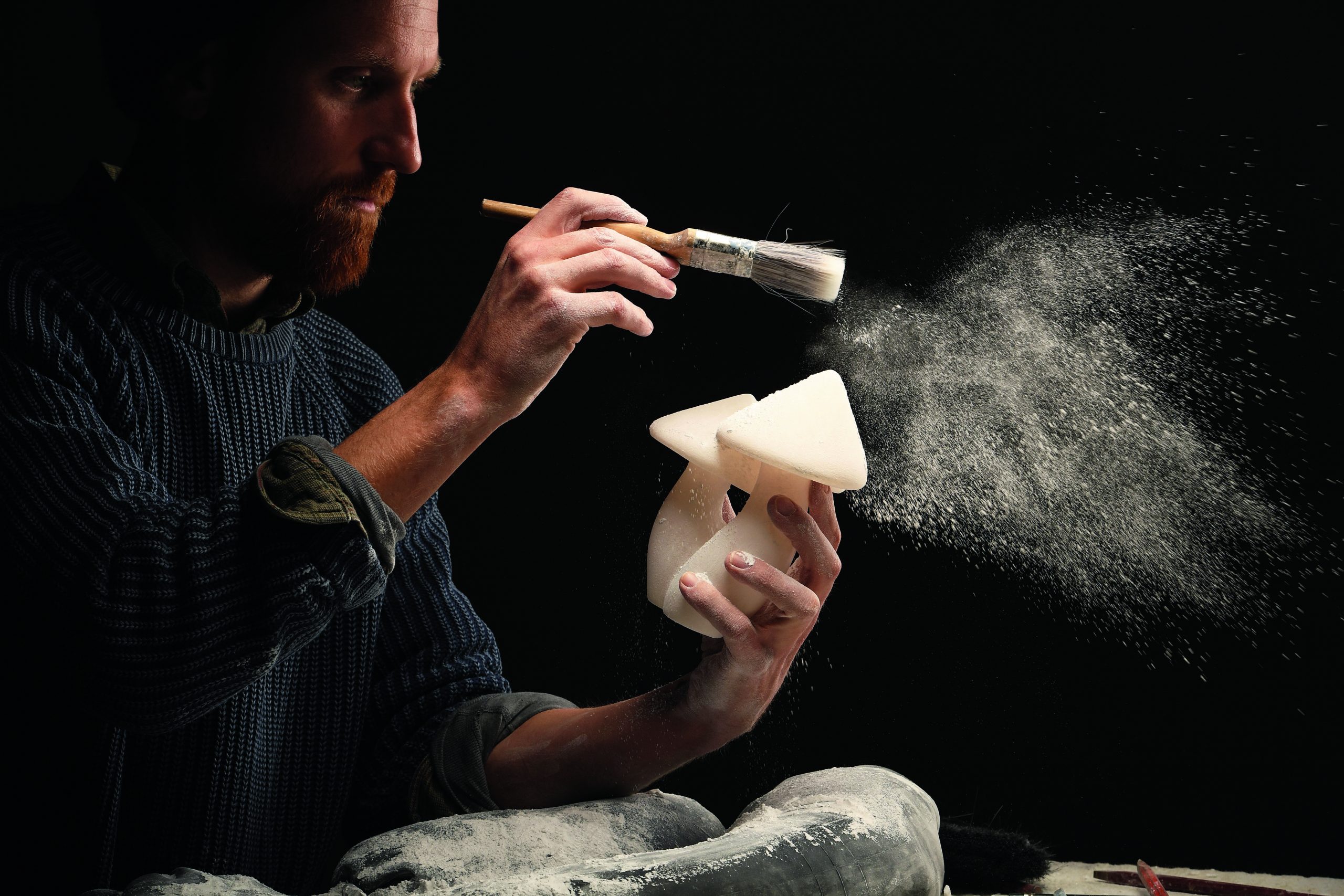

Fleshy. Squidgy. Succulent. These are not words one expects to hear when talking about stone and sculpture, but Ben Russell’s creations of fungi, cacti and roots are far from ordinary themselves.
Think about it — how many stone sculptures of plants have you seen in your life? For sure, you’ve seen carved acanthus capitals, floral bosses, palmettes and arabesques, particularly in Islamic architecture. Perhaps you’ve spied the odd two-dimensional floral cornucopia or sheaf of corn.
But freestanding sculptures? In a field dominated by statues of gods, people (usually men) and animals (usually powerful), these pieces are remarkable not only for their subjects, but for the wonderful incongruity between their soft, flowing forms and the hard nature of the stone in which they are carved.
‘If there was a material that I was going to fall in love with, it was going to be stone,’ says Mr Russell, describing his childhood in Charmouth, Dorset, known for its fossils and less than an hour’s drive from the quarries of Portland, stone from which built much of London.
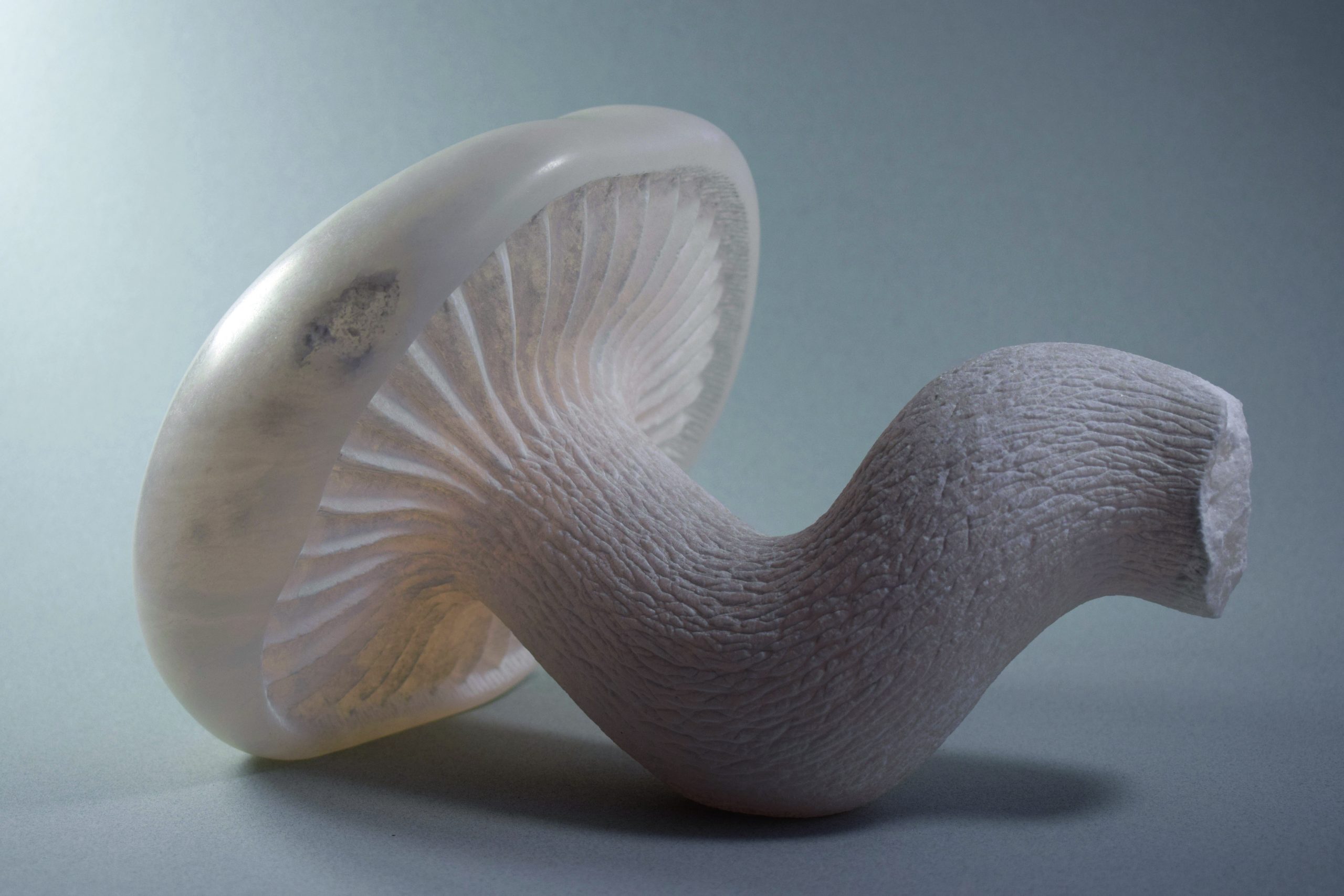
‘I was always down at the beach hacking at rocks with my chisels or looking for stones to sculpt.’
It was the Dorset landscape, too — the holloways, sunken lakes and rolling hills — that gave Mr Russell his love of Nature, especially mushrooms, his longest-lasting passion.
‘Because so much of the land around here has never been ploughed, you get such a variety of mushrooms popping up,’ he explains. Parasol mushrooms, parrot wax caps and even ‘magic’ mushrooms, Psilocybe azurescens, have all inspired both large pieces and his latest miniature ‘Terrariums’ collection.
Sign up for the Country Life Newsletter
Exquisite houses, the beauty of Nature, and how to get the most from your life, straight to your inbox.
As his recent ‘Roots’ series shows, the sculptor is equally as interested in what goes on beneath the soil in their mycelia — networks of tiny fungal threads that interact with tree and plant roots to share nutrients, trigger immune responses or, in some cases, to release harmful toxins. ‘I love that sense of everything being connected and alive,’ he shares. ‘It’s quite incredible.’
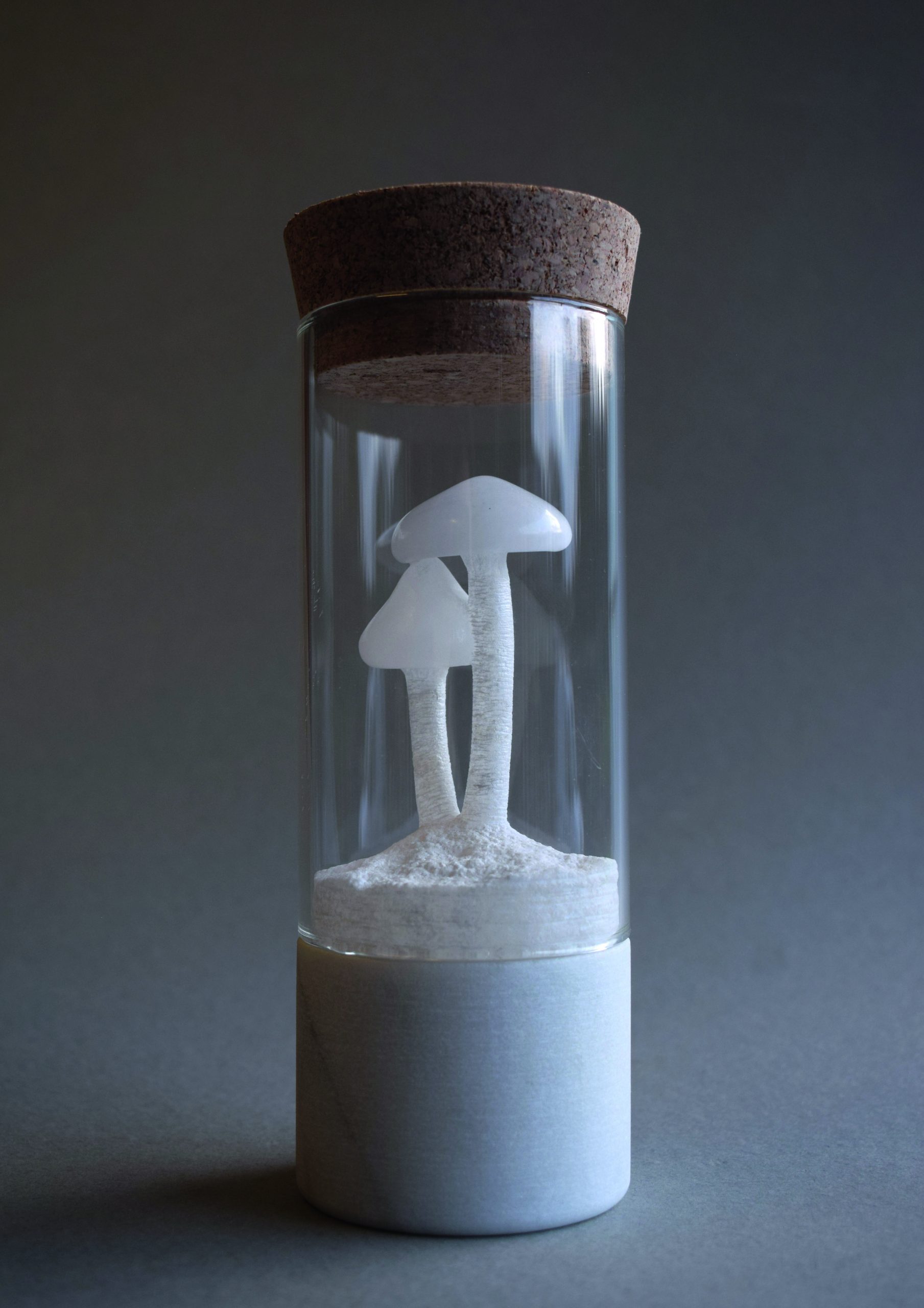
Realising it was unlikely he could simply set up a studio and start selling work, the teenage Mr Russell decided to learn his trade, studying applied architectural stonework and conservation in Weymouth, followed by a post-graduate diploma in historic/architectural stone-carving in London.
His first job was restoring the listed monuments at Highgate Cemetery in north London, still one of his all-time favourite locations. ‘In some places, Nature had completely taken over.
I remember one chest tomb totally encased in great, chunky ivy roots, as if they were trying to contain some sort of evil.’
Other commissions were memorable more for their historical significance. Over the years, he has worked on nationally significant buildings, including the Tower of London, the Houses of Parliament and the Albert Memorial, as well as making large limestone reliefs for the capital’s County Hall, sculpting an armadillo grotesque for St George’s Chapel, Windsor, and carving a commemorative plaque for London’s Goodenough College, which was unveiled by The Queen.
I can quite often see the form in the stone. I just have to take the excess away
In spare moments, Mr Russell continued to make his own work, mainly mushrooms, and then, in 2017, inspired by a trip to the glasshouses at Kew, where he’d noticed the sun refracting through the flesh of a cactus, he made a trio of potted alabaster cacti.
‘The plants I’d seen almost looked as if they were illuminated from within,’ he remembers. ‘Alabaster has that same sort of translucency and I felt it could replicate that succulent, squidgy look a cactus has. After all the detailed repair work I’d been doing, it was really nice to be working on big, bold, organic forms, too.
He posted a picture of the completed piece on Facebook and, within a few days, a Mayfair sculpture gallery (‘the kind of place I’d thought I might get into when I was 65,’ he laughs) had called. In less than a week, the sculptor had a date for his first solo show.
Now, as then, the work starts with a visit to a supplier or a quarry, depending on the kind of stone he is seeking. As well as alabaster, Mr Russell likes to work with Carrara marble for its consistency and ability to handle detail; Ancaster, a hardy limestone that’s good for bigger, outdoor forms; and local Portland stone, with its subtle fossil content.
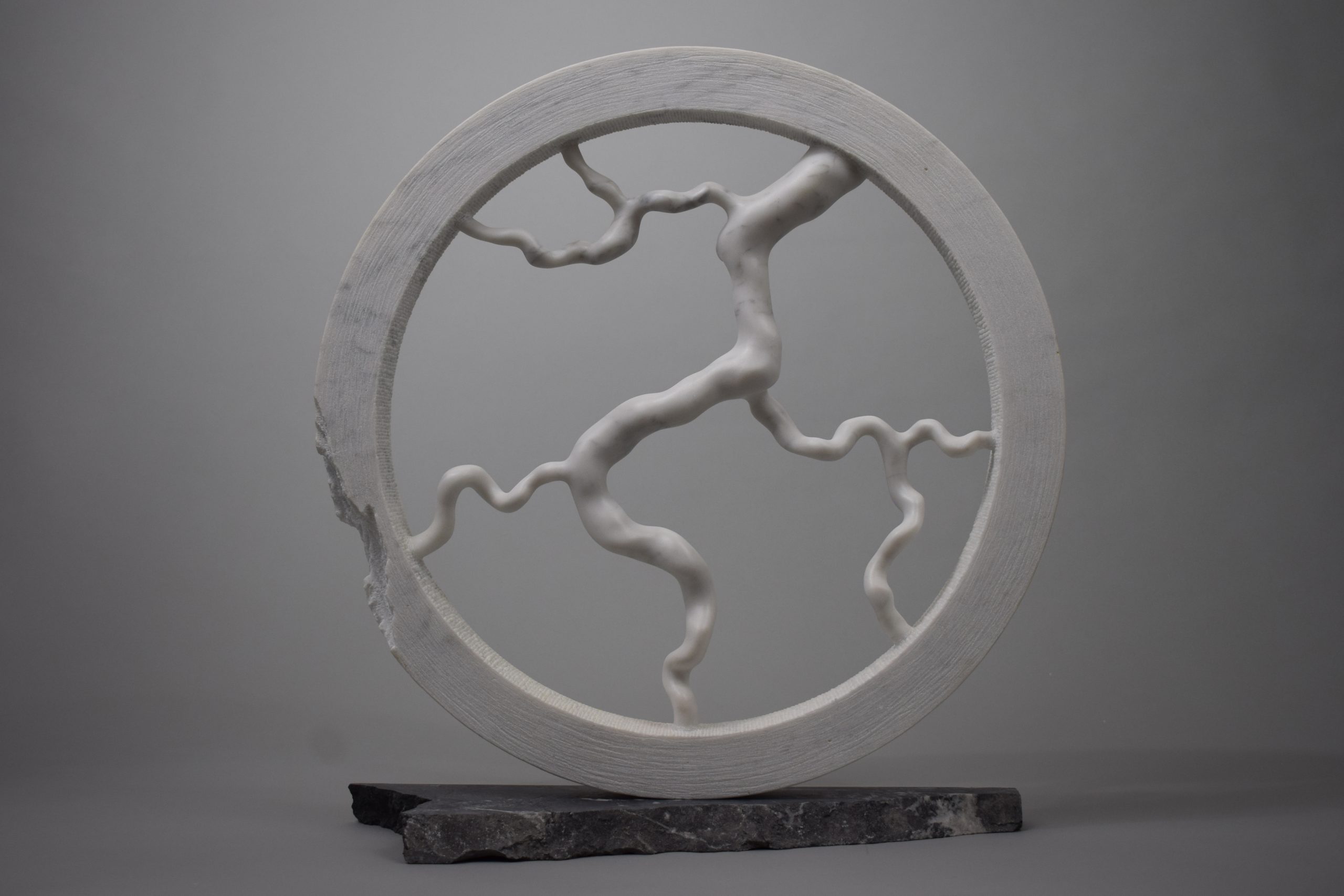
Whichever it is, he rarely goes with a pre-formed idea or design: ‘I can quite often see the form in the stone. I just have to take the excess away.’
Working from his studio, an old cowshed back in Dorset, he starts with an angle grinder to remove the waste, cracking off large pieces with a hammer.
This stage is highly physical and a far cry from most people’s romantic notions of stone-carving. ‘I’m in a PVC onesie with a hood, a full face mask to protect me from the dust, ear defenders for the noise and gloves for the vibrations,’ he elaborates. ‘It’s not the most pleasant way to work’.
He much prefers the moment he can start using chisels to refine the shape, which he does partly out of a love for the tradition of the craft and the attachment to the work it gives him, but also for the element of control.
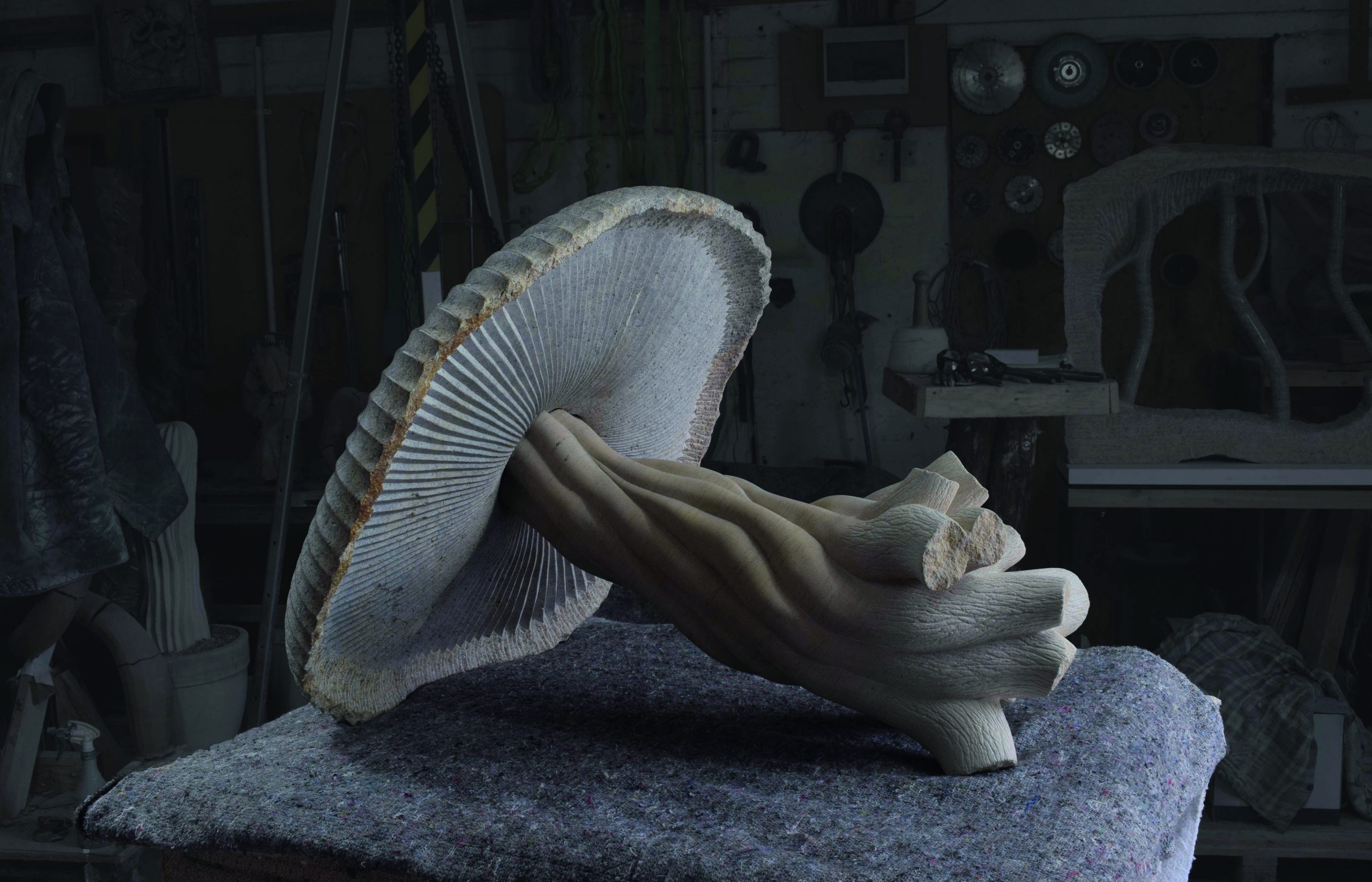
‘With a chisel, you can get so much more tension and movement into the forms,’ he explains. The piece is then filed with diamond rifflers to smooth out any unwanted marks and sanded, often for days, with a series of papers from a very coarse 24 grade and to a super- fine 7,000 or more.
Each grade takes out the grooves left by the last until, where Mr Russell wishes it to be so, none are visible. ‘That’s what gives that really lustrous finish. By the time a piece is well polished, it’s almost like looking into a sheet of glass — you’re able to see through the surface.’
A final coat of wax adds a protective layer and brings out any colours, some of which may have lain hidden right to the end. ‘That’s what I love about stone,’ the sculptor says. ‘There’s so much variety in it, so much of the unknown. It comes to life as you make it.’
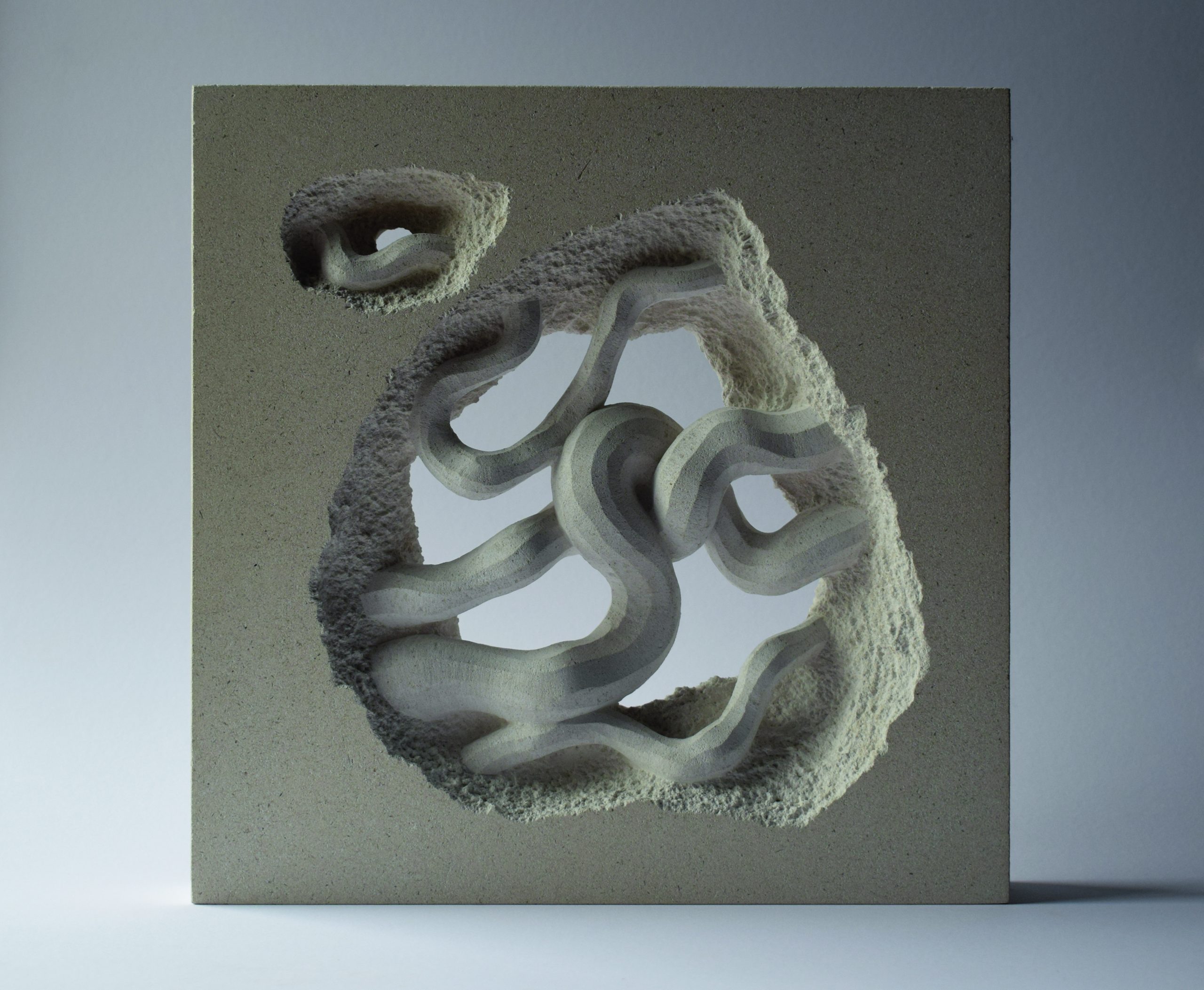
Ben Russell will be exhibiting in ‘On Form’, in the gardens of Asthall Manor, Oxfordshire, from May 2 to 31, and in ‘Sculpture at the Walled Garden’ in Moreton, Dorset, from May 22 to June 6.
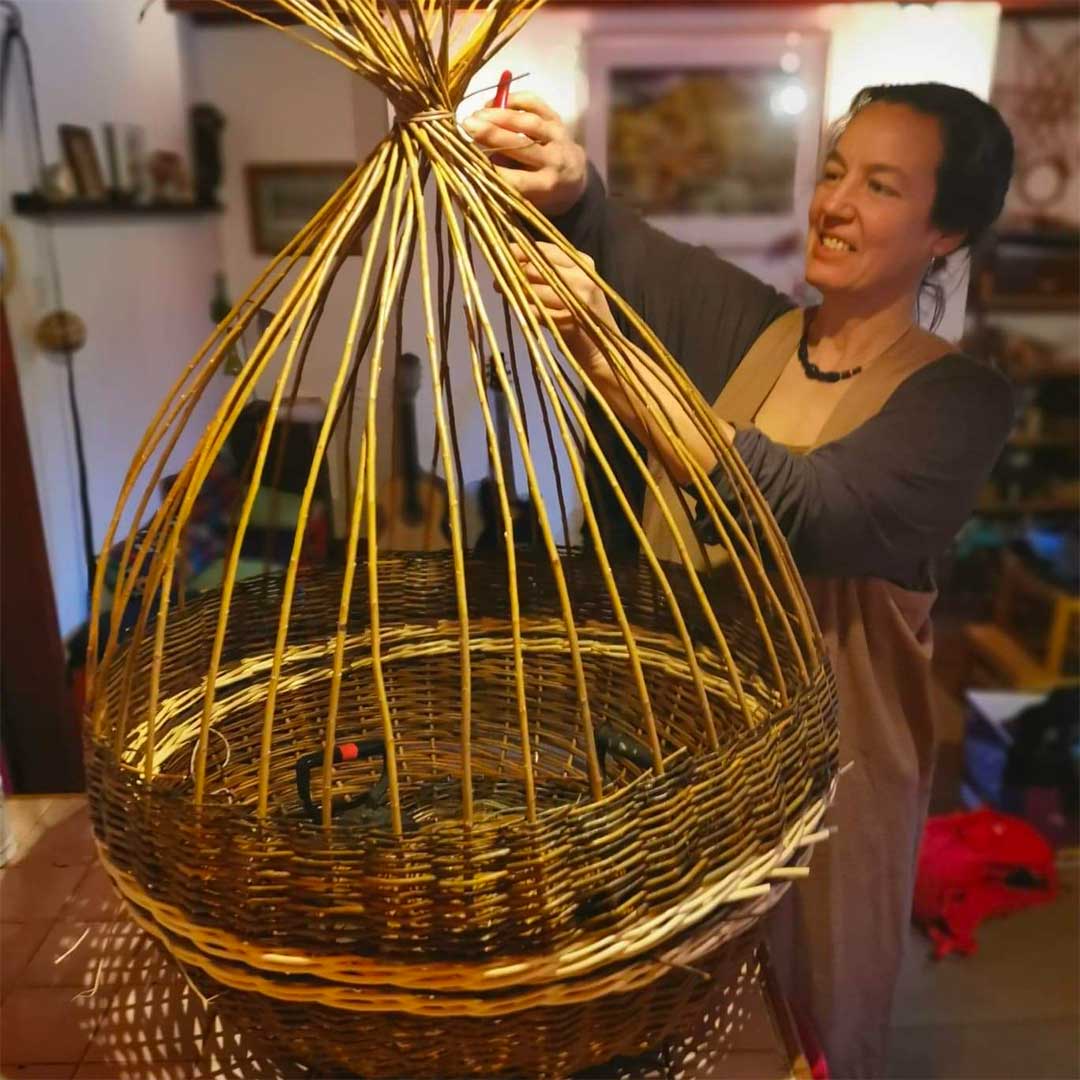
The secrets of the basket-maker: 'With a basket, you watch it grow before your very eyes'
Anna Stickland has woven a new career as a basket-maker; she spoke to Nick Hammond.
Country Life is unlike any other magazine: the only glossy weekly on the newsstand and the only magazine that has been guest-edited by HRH The King not once, but twice. It is a celebration of modern rural life and all its diverse joys and pleasures — that was first published in Queen Victoria's Diamond Jubilee year. Our eclectic mixture of witty and informative content — from the most up-to-date property news and commentary and a coveted glimpse inside some of the UK's best houses and gardens, to gardening, the arts and interior design, written by experts in their field — still cannot be found in print or online, anywhere else.
-
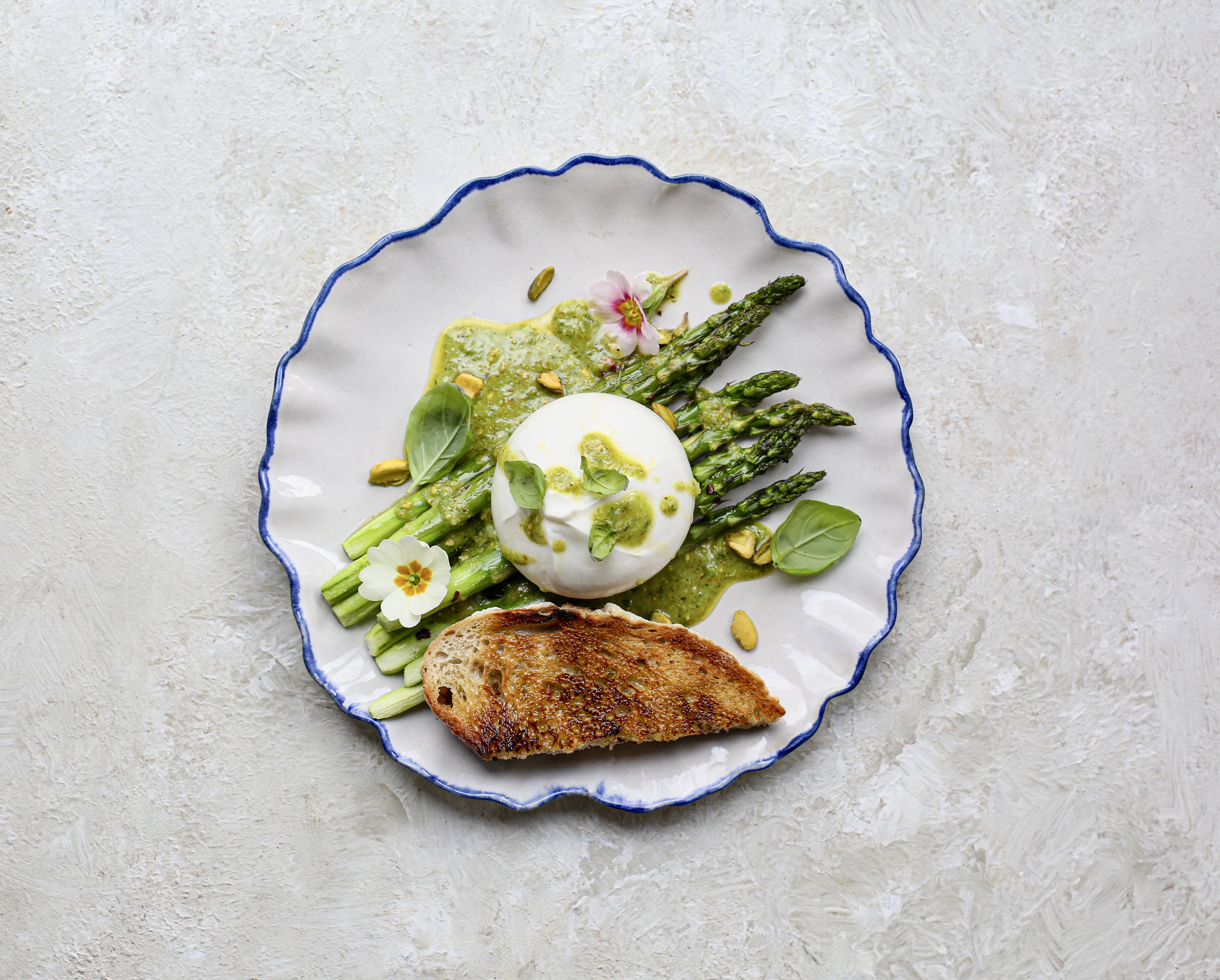 Two quick and easy seasonal asparagus recipes to try this Easter Weekend
Two quick and easy seasonal asparagus recipes to try this Easter WeekendAsparagus has royal roots — it was once a favourite of Madame de Pompadour.
By Melanie Johnson
-
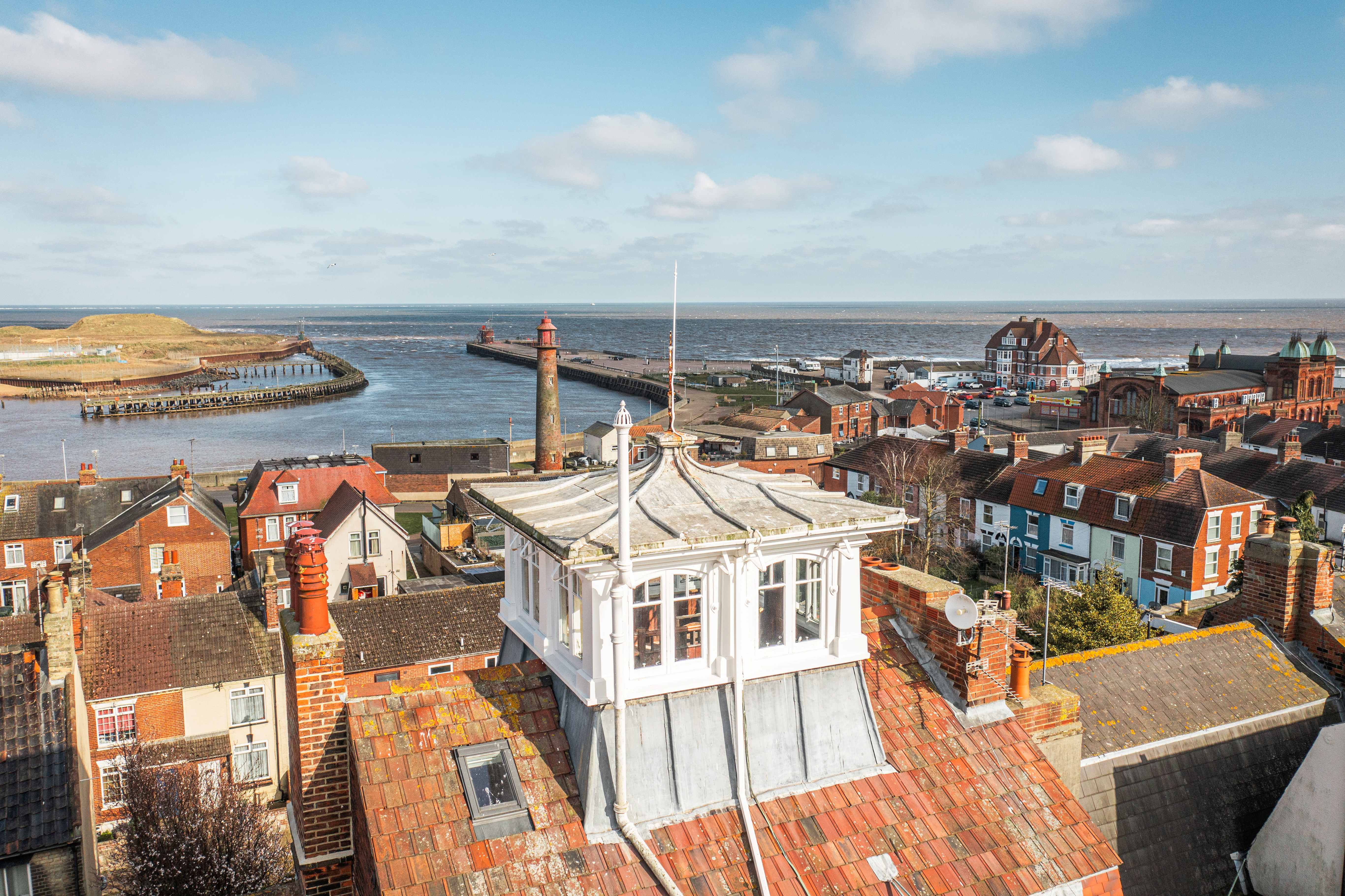 Sip tea and laugh at your neighbours in this seaside Norfolk home with a watchtower
Sip tea and laugh at your neighbours in this seaside Norfolk home with a watchtowerOn Cliff Hill in Gorleston, one home is taller than all the others. It could be yours.
By James Fisher
-
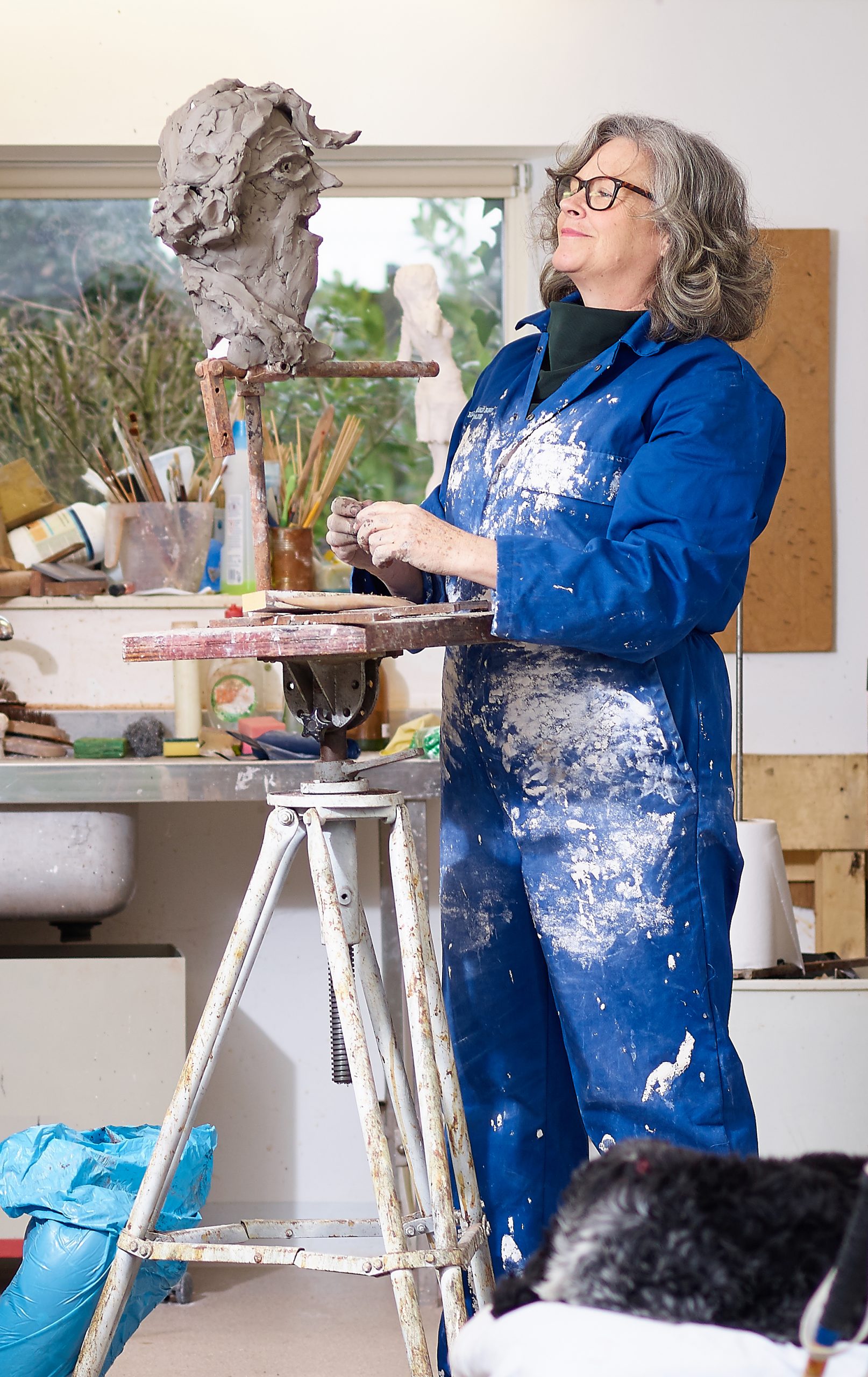 In Focus: How the 'Tottering Hall' cartoonist became a sculptor
In Focus: How the 'Tottering Hall' cartoonist became a sculptorBest known as the creative force behind Dicky and Daffy, it was her son’s death that prompted Annie Tempest to learn ‘the grammar of the sculptor’s language’, discovers Ian Collins.
By Country Life
-
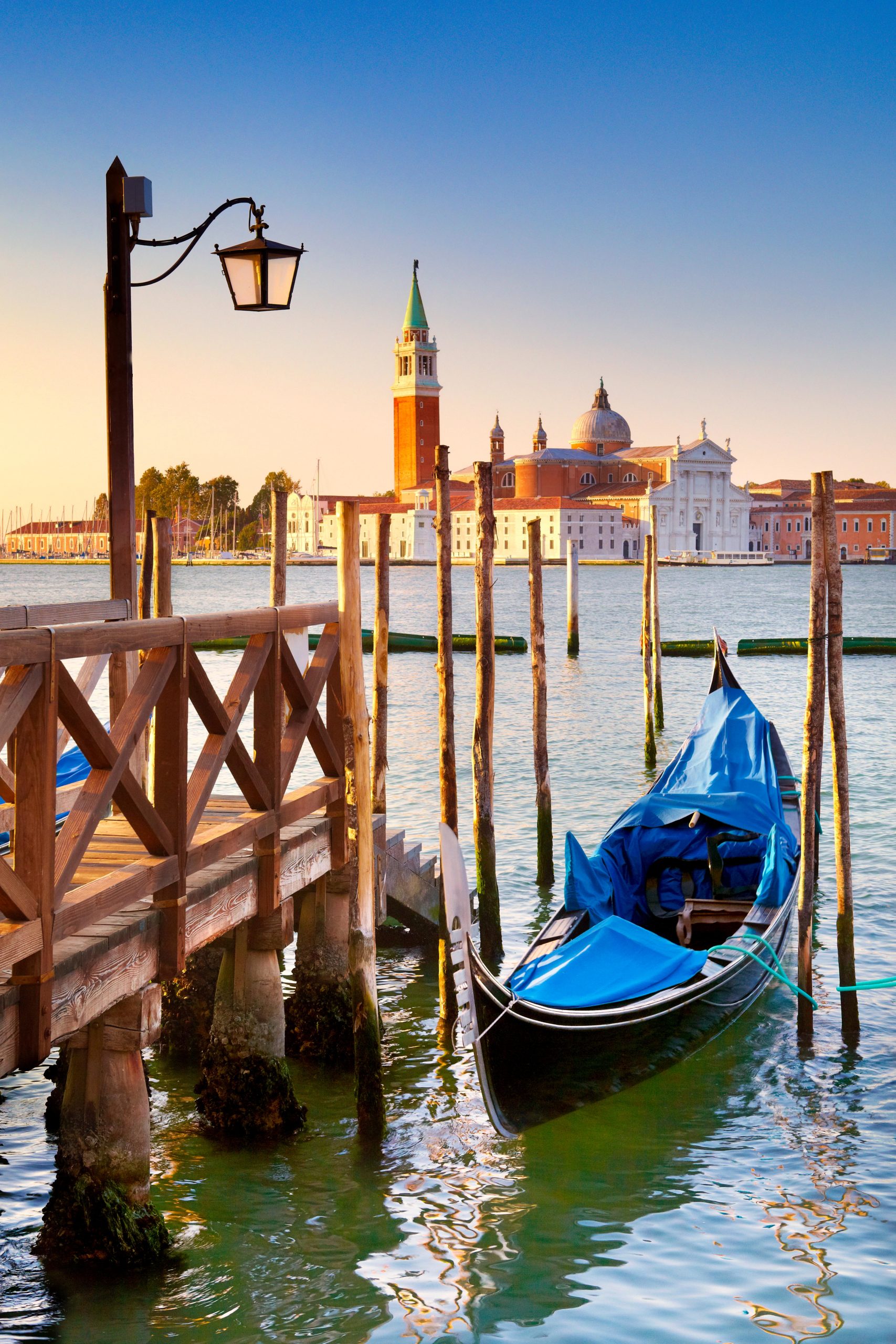 In Focus: How Italy inspired JMW Turner
In Focus: How Italy inspired JMW TurnerMary Miers considers how the country that fascinated Turner from youth shaped his artistic vision.
By Mary Miers
-
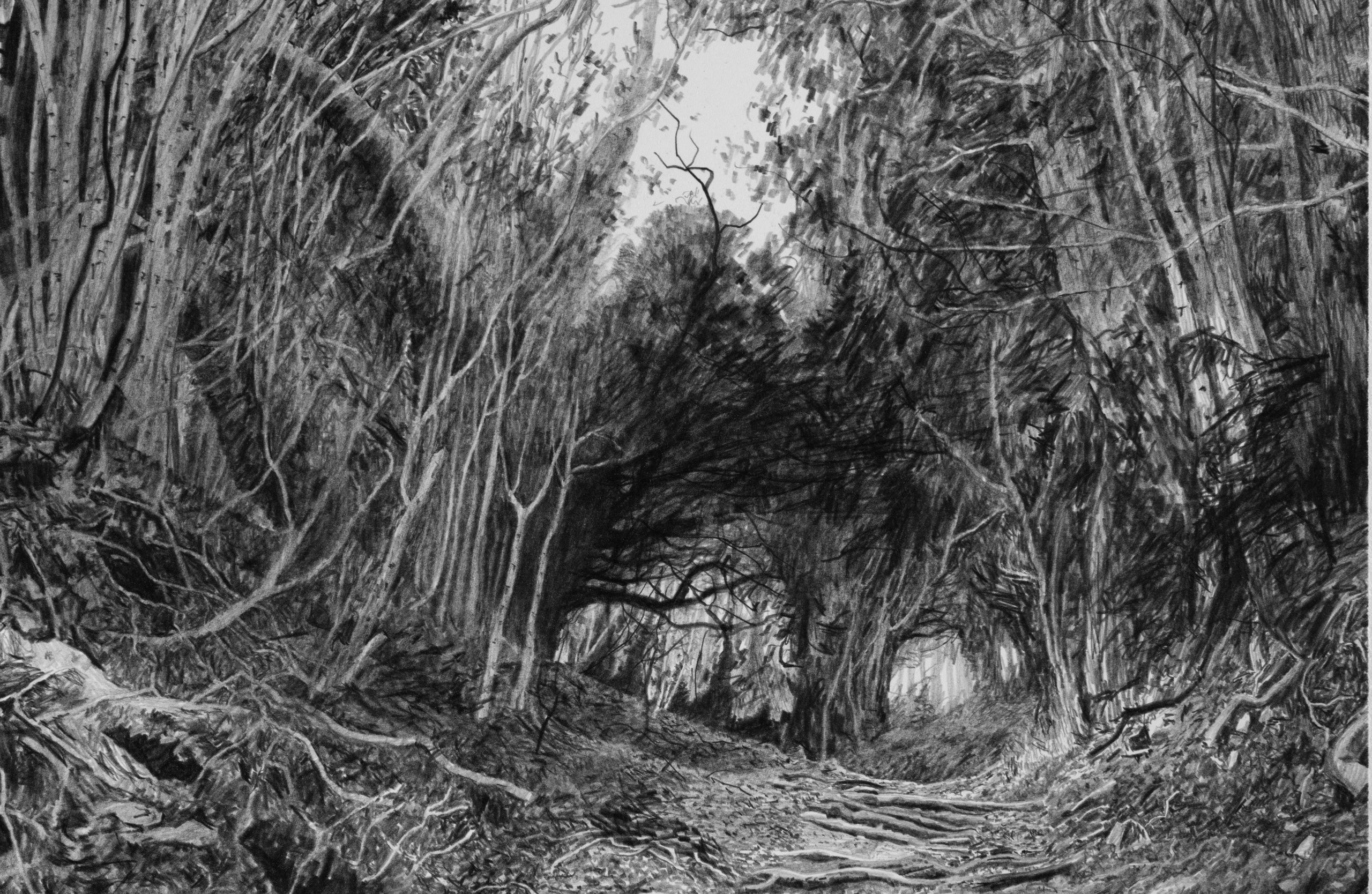 In Focus: Why the eerie thrives in art and culture
In Focus: Why the eerie thrives in art and cultureThe tradition of ‘eerie’ literature and art, invoking fear, unease and dread, has flourished in the shadows of British landscape culture for centuries, says Robert Macfarlane.
By Country Life
-
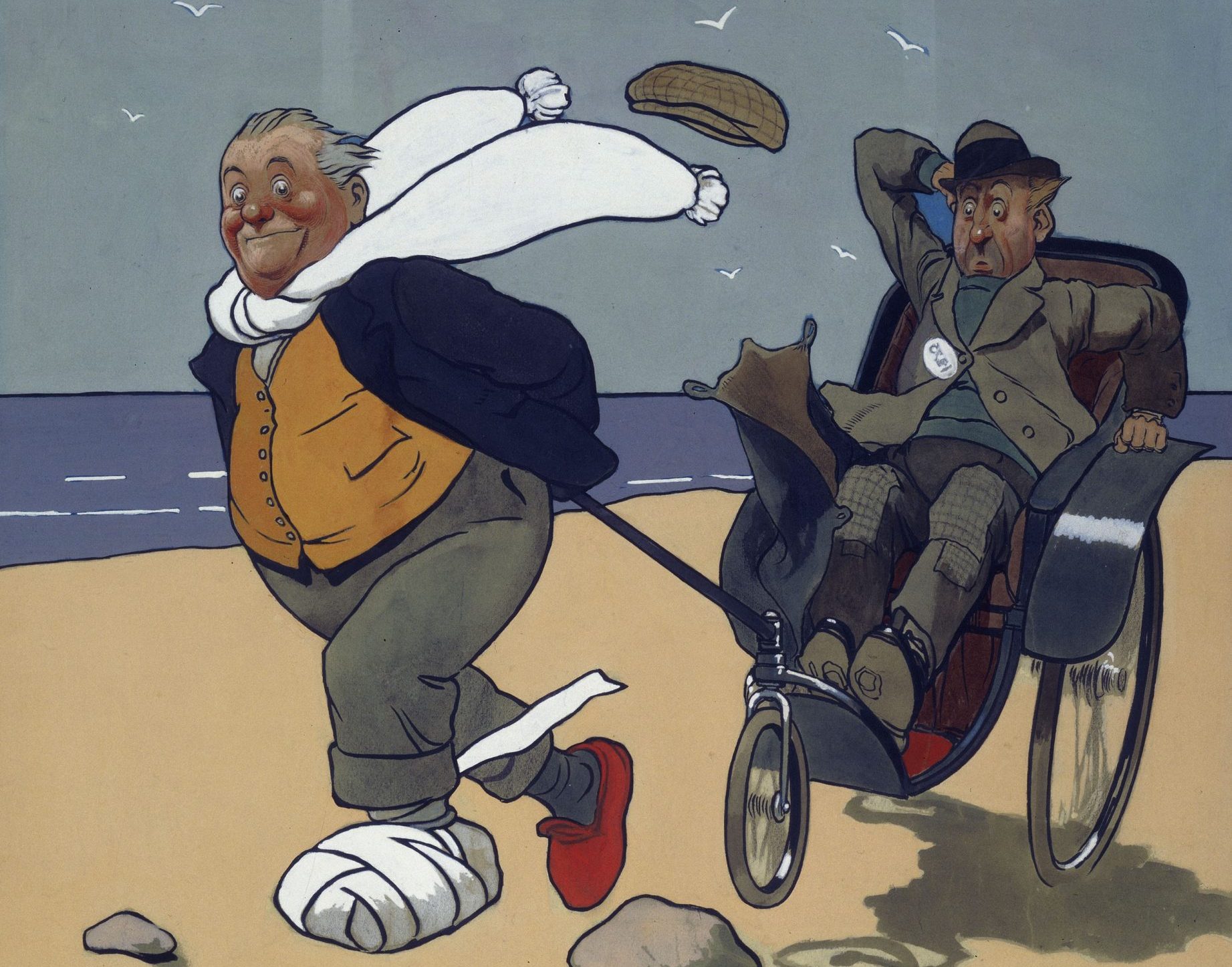 In Focus: John Hassall's iconic travel posters
In Focus: John Hassall's iconic travel postersThe works of British poster king John Hassall remain a breath of fresh seaside air, says Lucinda Gosling.
By Country Life
-
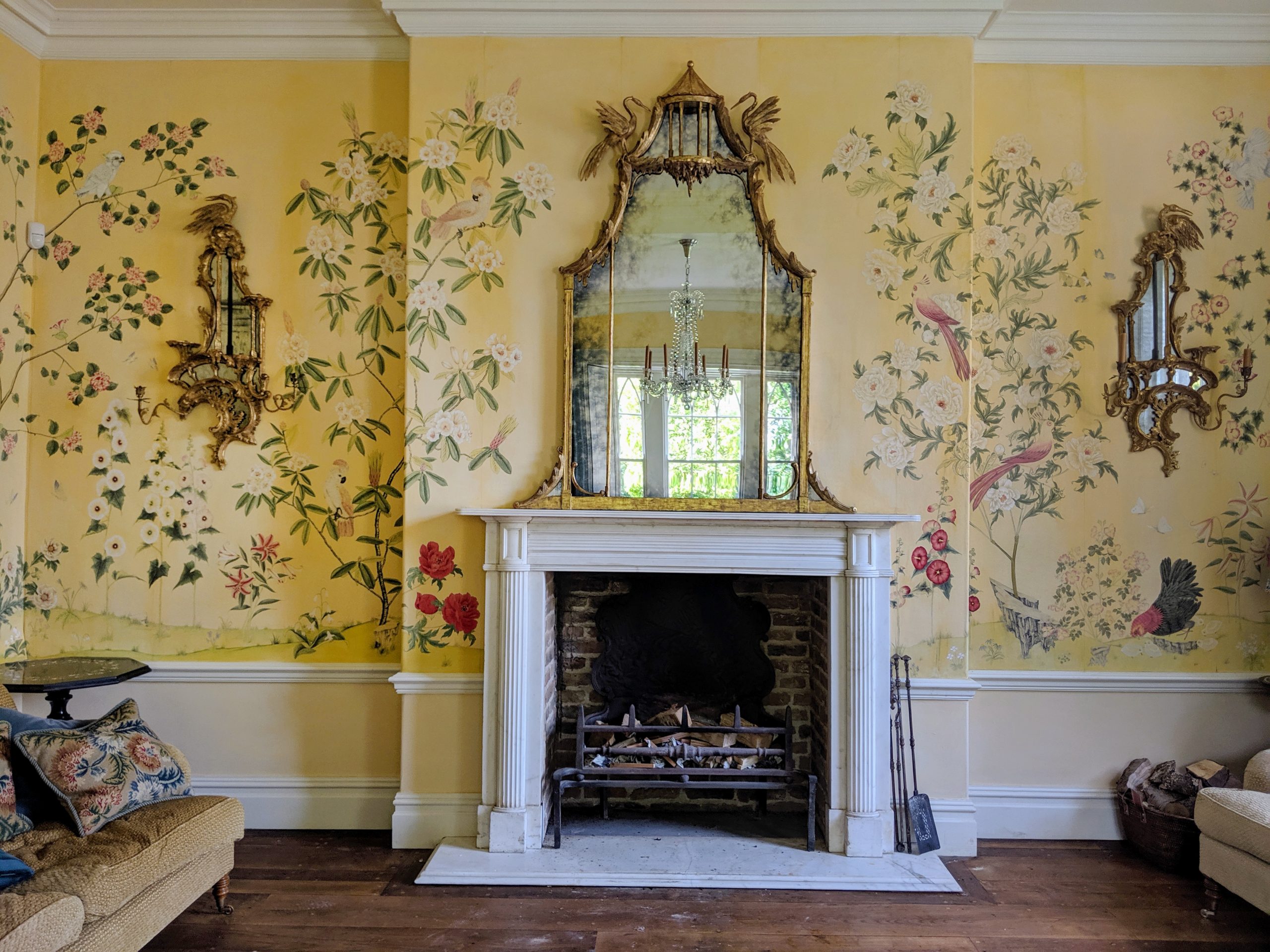 In Focus: How 21st century artists are reviving the art of the fresco
In Focus: How 21st century artists are reviving the art of the frescoOnce practised by Michelangelo, Raphael and da Vinci, the art of fresco creation has changed little in 1,000 years. Marsha O’Mahony meets the artists following in their footsteps.
By Country Life
-
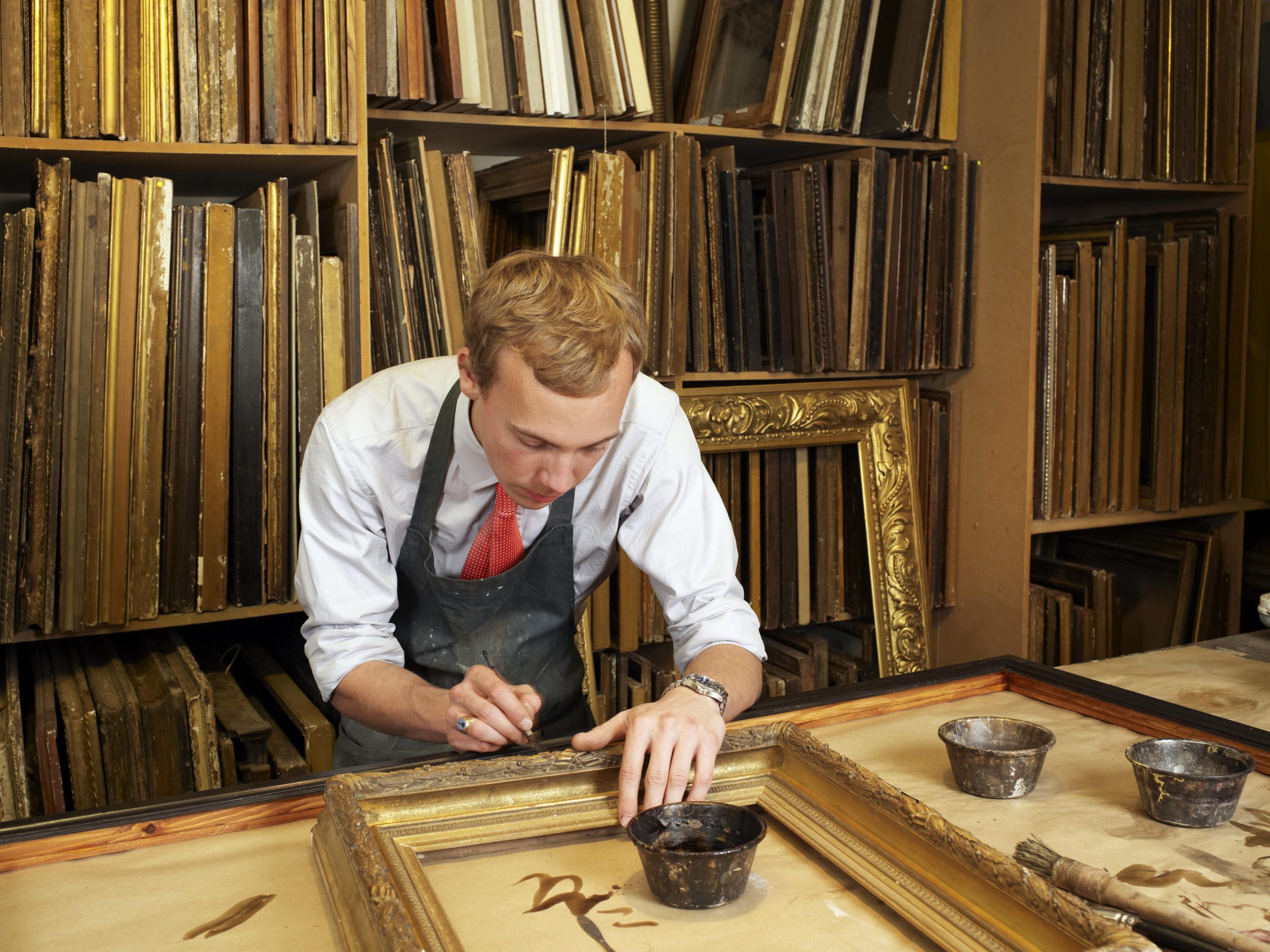 Why a good frame can be a work of art in its own right
Why a good frame can be a work of art in its own rightCatriona Gray retraces the history of frames, admires the craftsmanship required to make them and discovers what's the best way to preserve them.
By Country Life
-
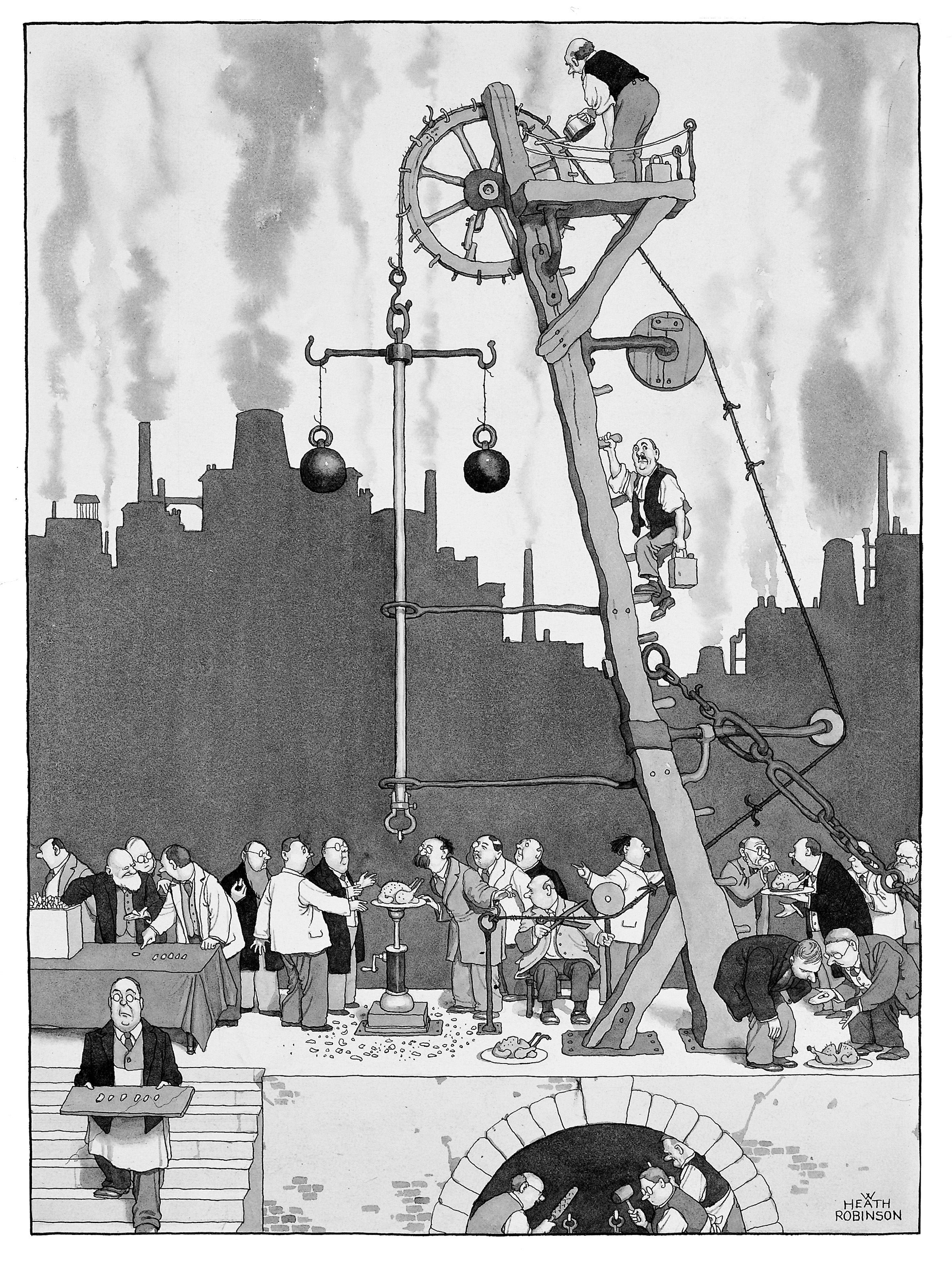 In Focus: The Heath Robinson Museum at Pinner, home to decades of gently satirised modern life
In Focus: The Heath Robinson Museum at Pinner, home to decades of gently satirised modern lifeHuon Mallalieu tells the story of the small museum in Middlesex, where you'll find the last records of the county before it became overrun by suburbia.
By Huon Mallalieu
-
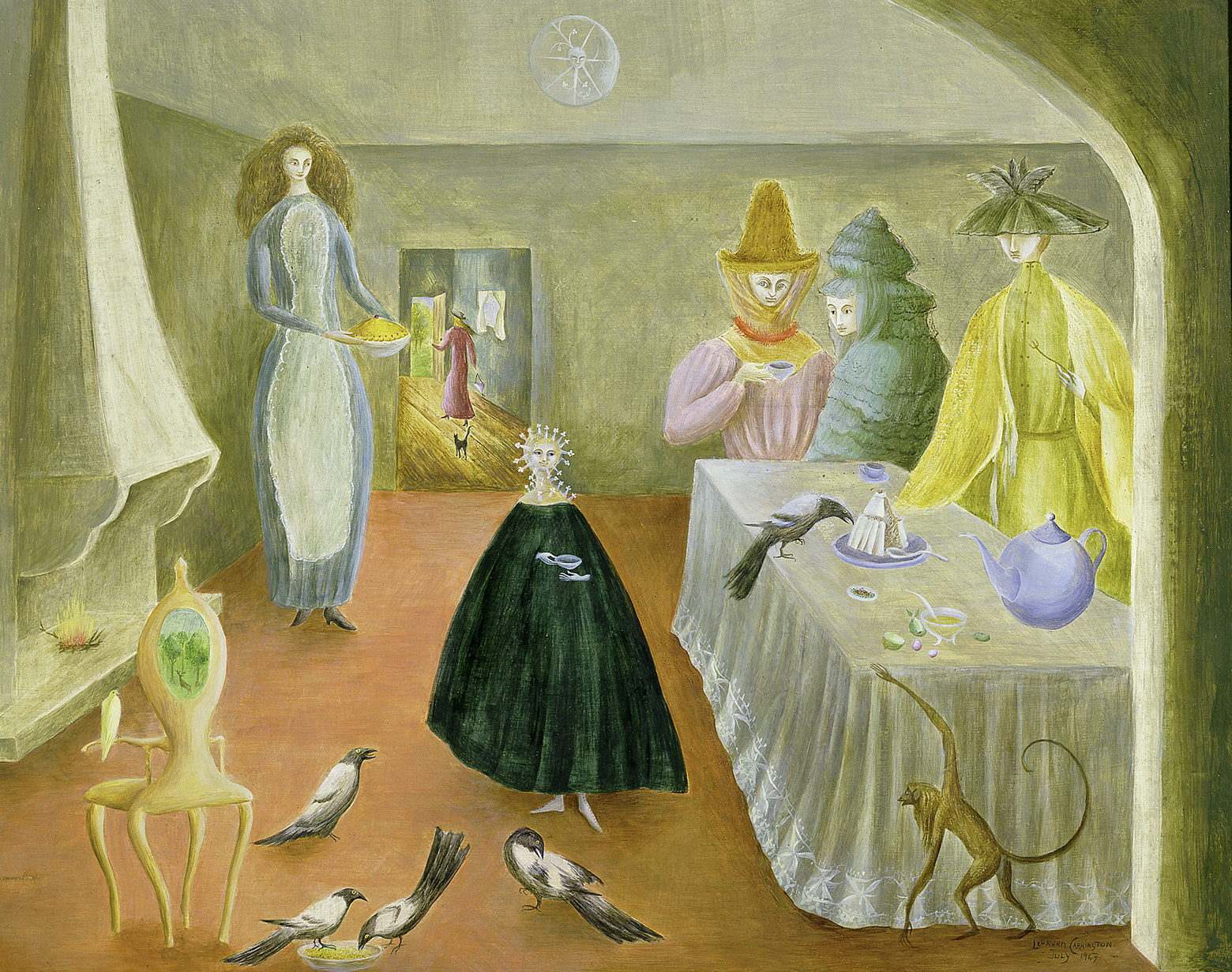 In Focus: How British artists contributed to the uncanny, desirous world of Surrealism
In Focus: How British artists contributed to the uncanny, desirous world of SurrealismMichael Murray-Fennell delves into the subconscious, the uncanny, war and desire and discovers the contribution made by British artists to the Surrealist movement.
By Country Life